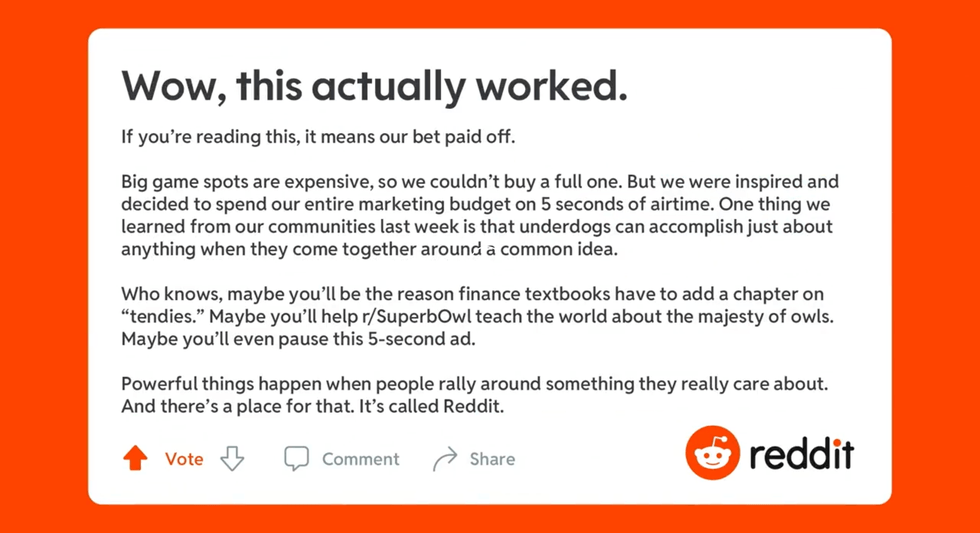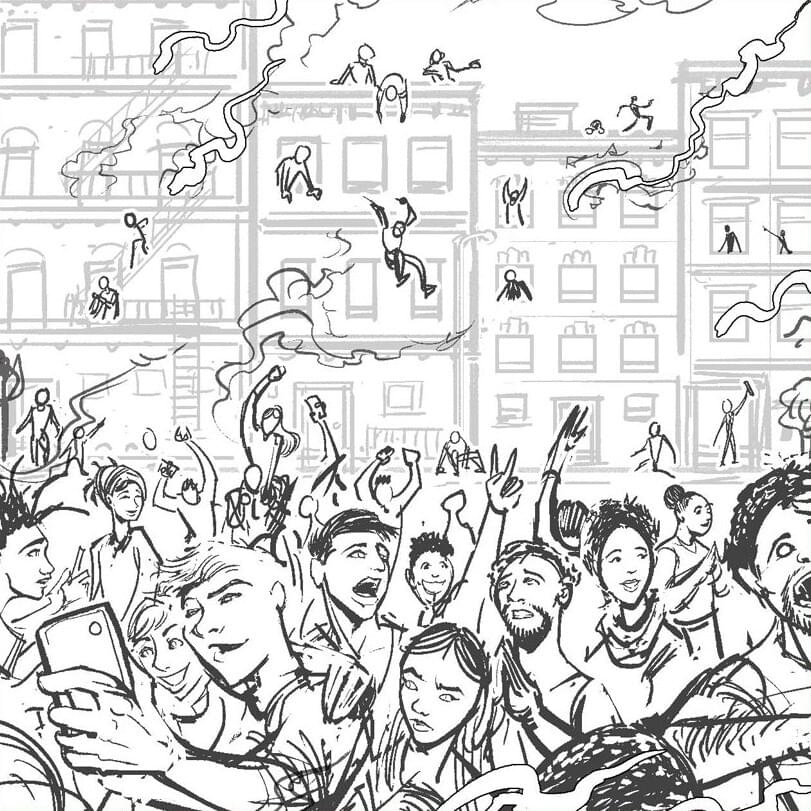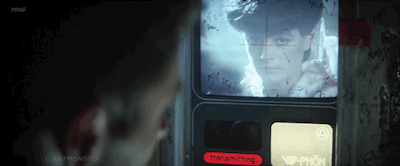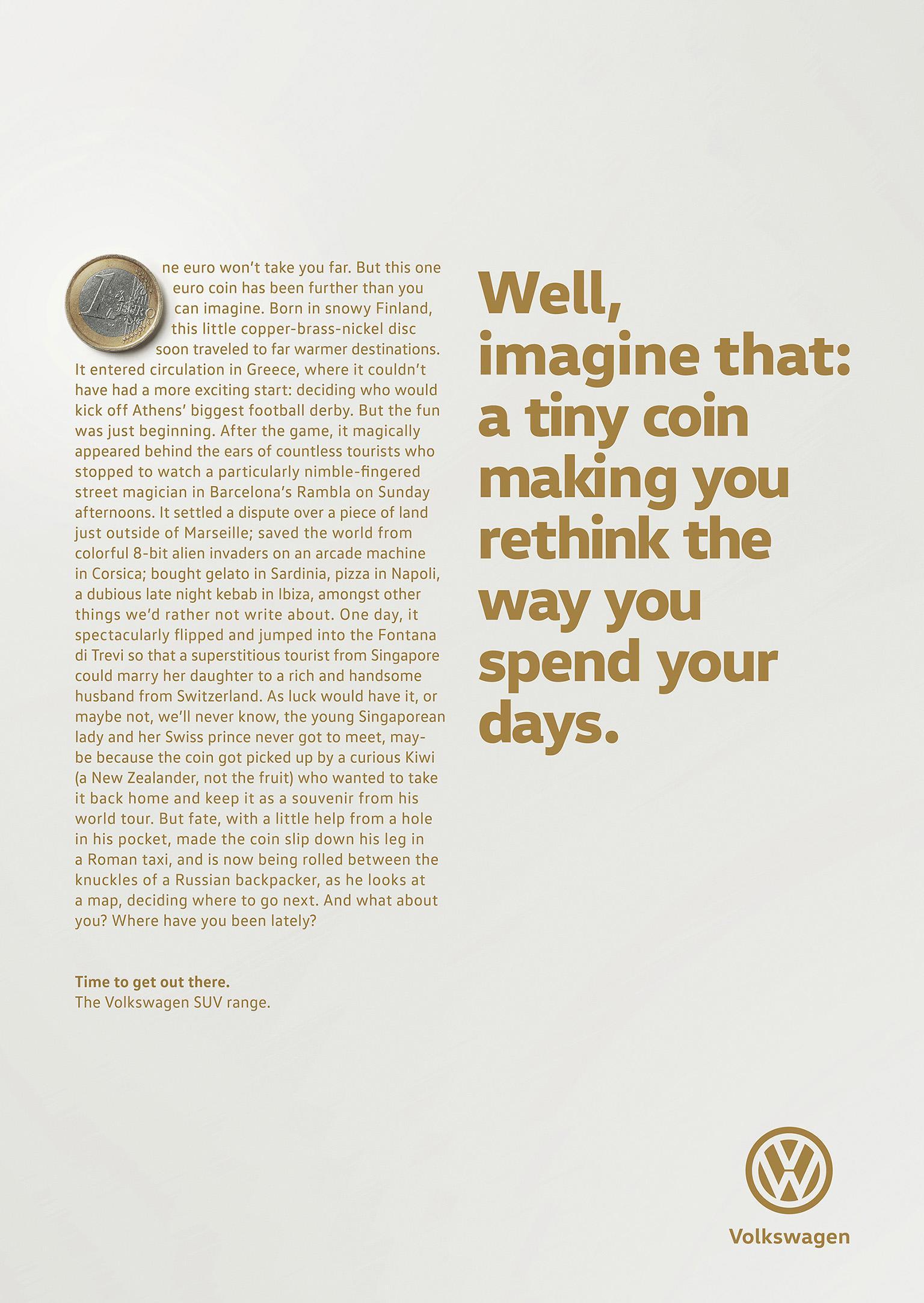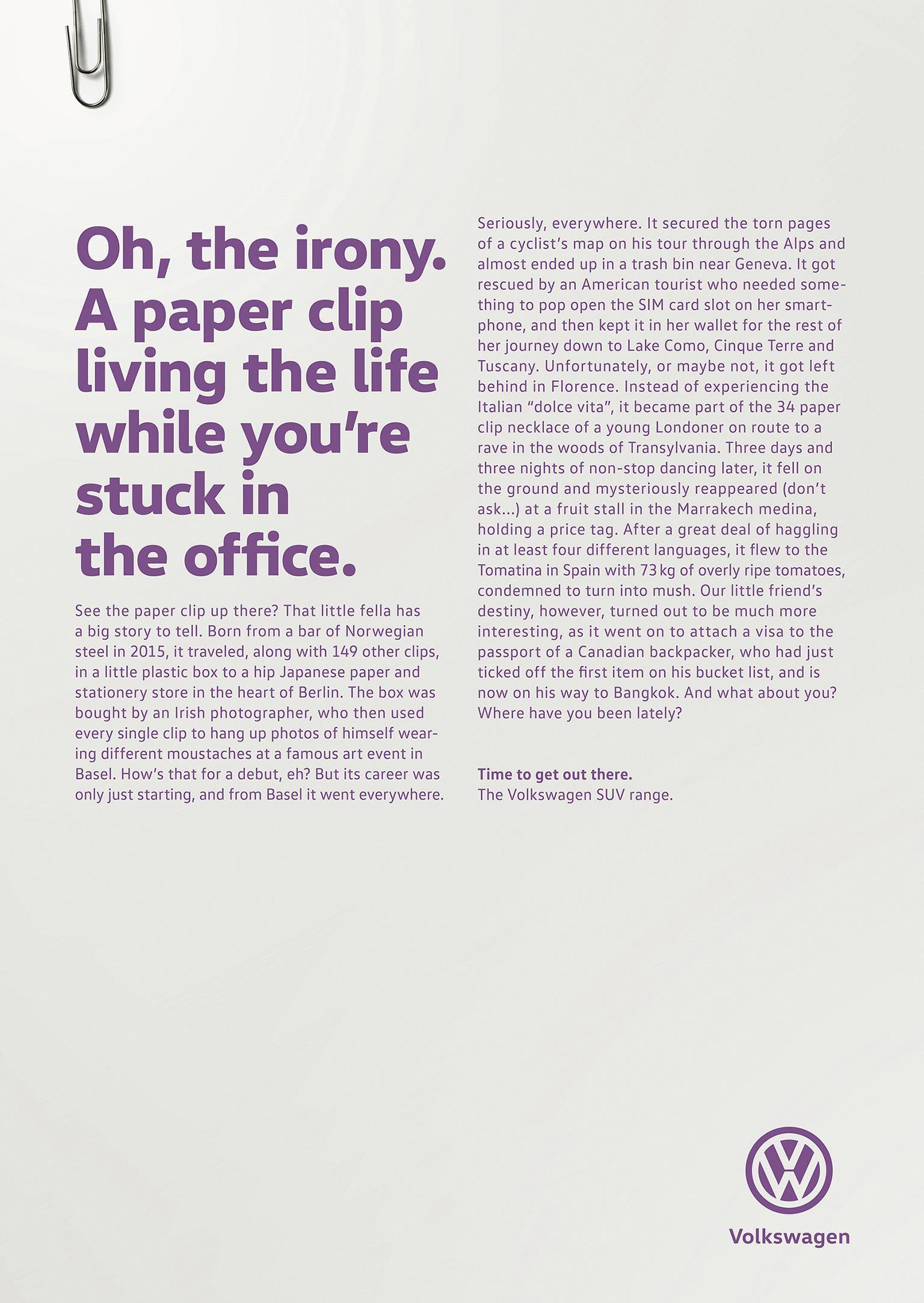Quick Read: A dollop of ‘schema incongruence’, strategically thrown into an ad, could sometimes serve as a powerful stimuli.
Did you know that Reddit put together its recent Super Bowl ad in less than a week?
The ad is remarkable.
Quoting the NYTimes article..
The Reddit ad started out like a clichéd car commercial, with two S.U.V.s racing across the desert. Then the signal seemed to fry, and Reddit’s orange-and-white alien-head logo commandeered the screen, followed by a lengthy printed statement that left viewers scrambling to grab a photo or screenshot...
The Kellogg School Super Bowl Advertising Review, an annual ranking from Northwestern University’s business school, reported shortly after the game on Sunday that Reddit’s commercial was among the most effective commercials of the broadcast. The Kellogg School’s list measures the execution of the commercial, the quality of the attention it generates, its memorability and other factors...
When one analyses this ad from Reddit and attempts to theorise the ‘how and why it worked the way it did’ one is sure to run into the concept of ‘schema incongruence in brand messaging’.
Schema incongruent advertising
When incoming information can be well organized into one’s existing knowledge structures, it can be called as schema-congruent information. When the information does not easily fit into the existing knowledge structures, the information is schema-incongruent.
In a seminal paper in 1982, George Mandler from the University of California, San Diego proposed his Theory on Schema Incongruity. His thesis centered on the notion that although people generally like things that match their expectations, moderate incongruity can be arousing and thus intriguing. Furthermore, because moderate incongruity can be resolved with minimal effort, it tends to result in favourable evaluations. (source)
Over the years, several researchers have validated the impact of schema incongruence on brand messaging. For example, in an oft quoted research paper by Halkias, G., and Kokkinaki, F. (2012) titled ‘Cognitive and affective responses to schema-incongruent brand messages‘, the authors empirically investigate and validate that incongruent stimuli may attract more of the recipients’ attention, increase their cognitive arousal, and may finally elicit more positive judgements.
And in another research paper by Hye Jin Yoon (2015) titled ‘Understanding schema incongruity as a process in advertising‘, the author states that strategies evoking schema incongruity have often been used in advertising because information incongruent to schema has the potential to increase interest, memorability, and persuasiveness in consumers.
And to help elucidate this further, she proposes a four-stage process model (see below) and discusses each stage in detail with a focus on the impact factors that need to be addressed for using a successful incongruity strategy in advertising.

So the next time you see an ad that seems irreverent, fun and provocative (the tropes most often employed by ‘impulse brands’ like candies, chewing gum etc) you know the method to the madness behind their creative work – a dollop of ‘schema incongruence’ strategically thrown in to serve as powerful stimuli.
And yeah, by the way, just in case it didn’t come to your notice, Robinhood (this is a quick follow up to the previous post, remember?) also aired an ad during this Super Bowl. And let’s just say that it did get some attention.

